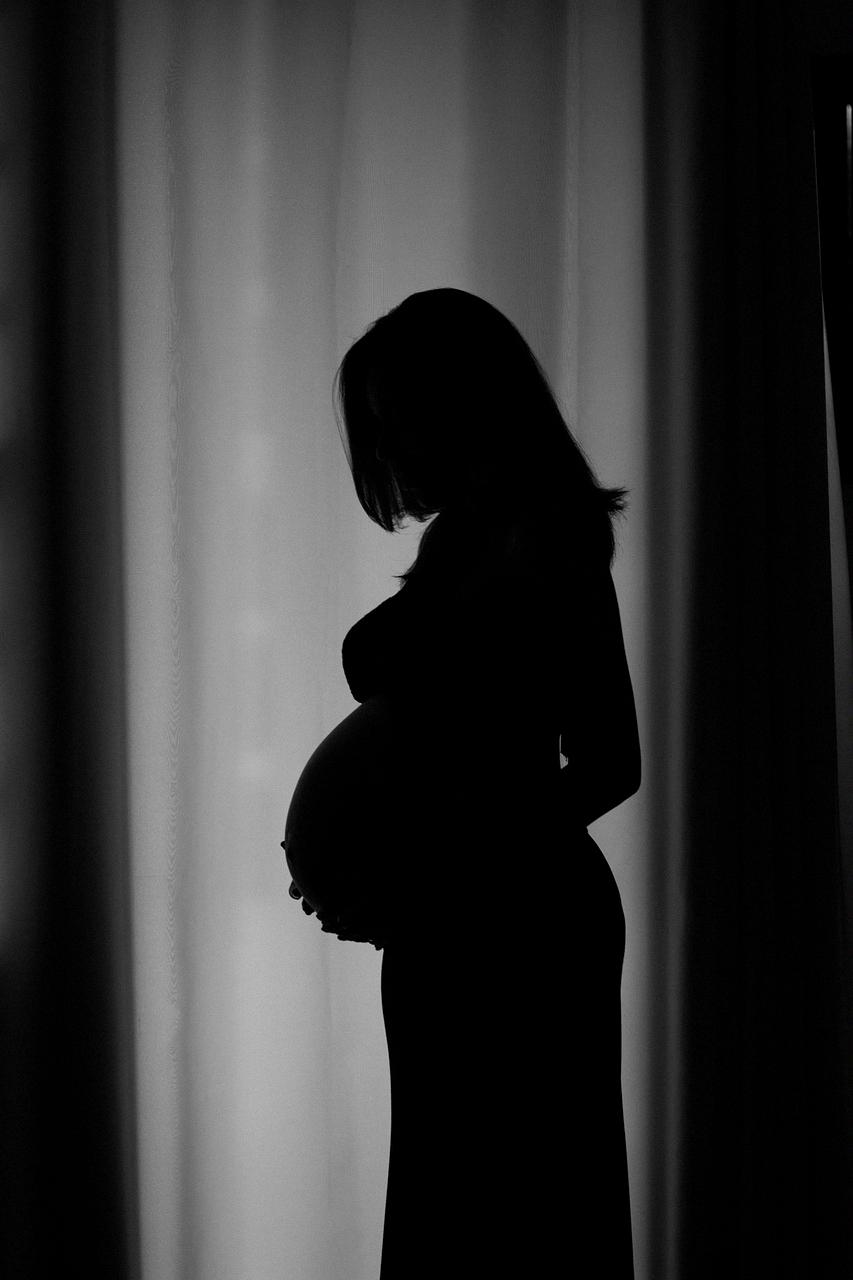Feeling those first flutters of your baby moving inside you is an experience that many expectant moms eagerly anticipate. The sensation of your little one’s movements can be both exciting and reassuring, but when can you expect to feel these early signs of life?
Understanding Quickening
Quickening, which refers to the first sensations of fetal movement, is often described as flutters or bubbles in the abdomen. It is an exciting milestone in pregnancy that marks the beginning of feeling your baby’s movements. While every pregnancy is unique, most women will start to feel these flutters between 13-16 weeks from the start of their last period.
Interpreting the Sensations
During the early stages of quickening, it can be challenging to differentiate between gas bubbles and fetal movements. The sensation is often subtle and can be mistaken for indigestion or muscle twitches. However, as you progress in your pregnancy, you will start to recognize a distinctive pattern in the movements, confirming that you are indeed feeling your baby’s kicks and rolls.
Factors Affecting Early Movements
Several factors can influence when you feel your baby’s first movements. Women who have been pregnant before may recognize the sensation earlier than first-time moms. Additionally, the position of the placenta and the location of the baby within the uterus can impact how soon movements are felt.
Embracing the Experience
Feeling your baby move for the first time is a magical moment that deepens the bond between mother and child. It is a tangible sign of your baby’s growth and development, reassuring you that they are thriving inside the womb. Embrace these early flutters as a precious reminder of the miracle of life.
Noticing Patterns and Rhythms
As you become more attuned to your baby’s movements, you will start to notice patterns and rhythms in their activity. Some babies are more active at certain times of the day, while others have distinct preferences for movement. Pay attention to these cues as they can provide valuable insights into your baby’s well-being.
Sharing the Experience
Feeling your baby move is a significant moment in pregnancy that many moms eagerly share with their partners and loved ones. Involve your partner in this special experience by placing their hand on your belly to feel the movements together. It is a beautiful way to bond as a family and celebrate the journey of parenthood.
Seeking Guidance
If you have concerns about the timing or frequency of your baby’s movements, do not hesitate to reach out to your healthcare provider. They can provide guidance and reassurance to ensure that everything is progressing as it should. Your well-being and the well-being of your baby are their top priorities.
Documenting Your Journey
Keeping track of your baby’s movements in a journal or diary can be a meaningful way to document your pregnancy journey. Note the date and time when you first feel flutters and record any patterns or changes in movement. These precious memories will serve as a cherished memento of this special time in your life.
Celebrating Milestones
As you feel your baby’s movements grow stronger and more frequent, take a moment to celebrate these milestones. Each kick, punch, and somersault is a testament to your baby’s strength and vitality. Allow yourself to revel in the joy of these special moments as you eagerly await the arrival of your little one.
Final Thoughts
Feeling those early flutters of your baby moving inside you is a significant milestone in pregnancy that fills many moms with love and excitement. While the timing of quickening varies for each woman, the experience of feeling your baby’s movements is universally awe-inspiring. Embrace this magical journey of pregnancy and savor every moment of anticipation and wonder.

